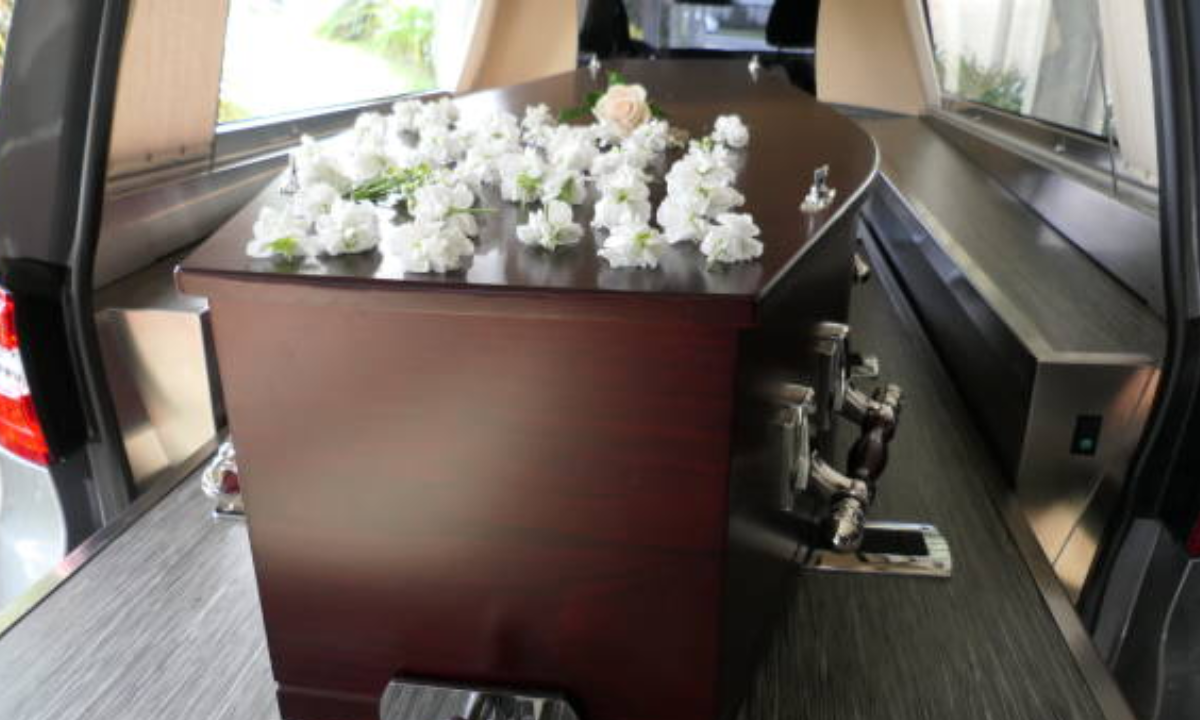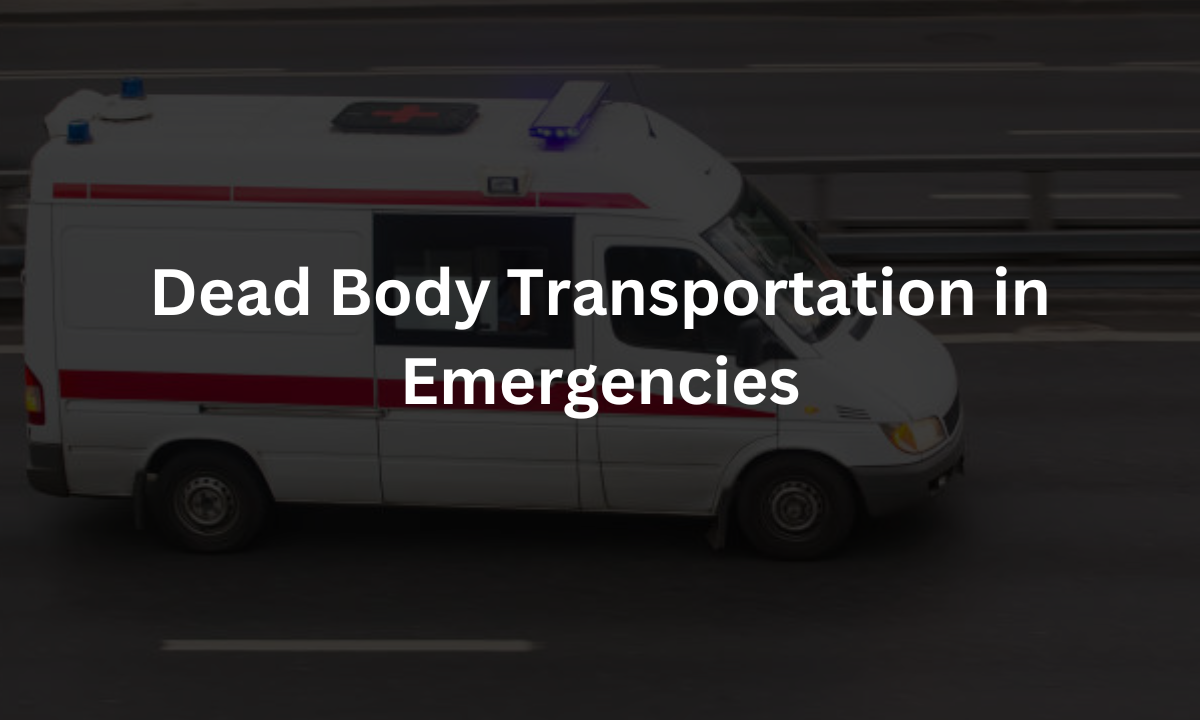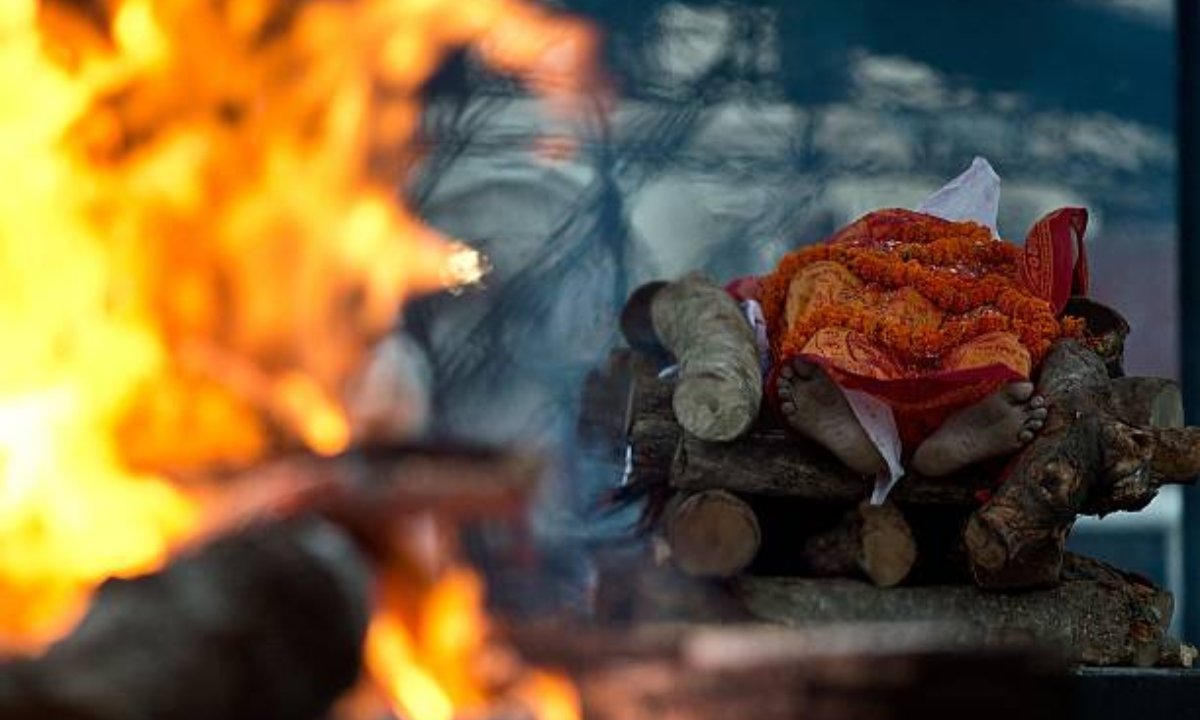There are a few things you need to do when someone has died and you need to handle the person, this is an emergency. Dead body transportation also considers the logistical issue, but also the respect of the dead and their loved ones. In this article, there are three things that we will talk about: from the legal requirements to the ethical concerns of dead body transportation in an emergency.
An Overview of Dead Body Transportation

Also, dead body transportation is shifting a deceased person to another location. It could happen in different situations, like following an accident, as a result of a natural disaster, or even in the ward of a hospital when a patient dies. To respect the process we must do it respectfully and with legal procedures.
Legal Regulations
One of the first things you need to consider in transporting a dead body is to know the legal regulations on the process itself. Generally, there are also laws on the removal and transportation of the dead in each state or region. You have to follow such laws to not be fined.
1. Permits: In many jurisdictions, there may be permits required even to transport the body. This often requires working with local health departments or coroner’s offices.
2. Documentation: Documentation, including the death certificate and transportation authorisations, is critical. These documents confirm that the body is carried legally and in good spirits.
3. Handling Procedures: Those who authorise a body to be shipped away to a funeral home have procedures to guarantee the body is handled the right way.
Transport Method – Choose the Right One
The method by which a dead body is transported depends greatly upon circumstance, as well as distance, for example. Here are some common ways bodies are transported:
1. Ground Transportation: The most common is to use ambulances, even hyderabad hearse services, or specially equipped vehicles to transport deceased individuals.
2. Air Transportation: Alternative transport by air (either charter or commercial flying) may be used in cases where rapid transport is needed. For air transport, there are defined protocols; especially for temperature control of the body.
The Role of Funeral Homes
Dead body transportation is an essential role of funeral homes. And they know what it takes to move a deceased body. Here’s how they assist:
- Preparation and Care: The body may be embalmed, dressed, and put into an appropriate container for transportation which is the responsibility of funeral homes.
- Transportation Services: There are many cars custom-designed by many funeral homes for this purpose. It provides the facilities to ensure a safe and respectful transport process.
- Liaison: Funeral directors often work with hospitals, attorneys, and other agencies to arrange the transfer of the deceased.
Ethical Considerations
Legal issues are important but ethical aspects of the issue also arise in the dead body transportation. Handling a deceased individual involves compassion and respect:
1. Dignity: The body needs to be treated with respect and delivered to the loved one’s family.
2. Cultural Sensitivity: The beliefs and customs about death differ in different cultures. Clear differences on these points are to be understood and respected in transporting dead bodies.
3. Communication: Sending clear and compassionate communication to the bereaved family is required. They have to learn the process and consent to transportation.
Challenges in Transportation
There are several challenges associated with dead body transportation, especially during emergencies:
1. Accessibility: In certain situations, the damaged roads or infrastructure may make it difficult to reach a place.
2. Preservation: Freezer boxes or embalming may be required depending on the circumstances of transportation.
3. Coordination: It is essential to work with many agencies including law enforcement and healthcare providers. Communication can make it clear.
Emergency Response Training
To handle dead body transportation, emergency responders need to be trained. This training typically encompasses:
1. Legal Knowledge: Learning of regulations and legal aspects related to the transportation of dead bodies.
2. Physical Handling: How to handle the deceased safely and respectfully, without lifting the deceased; the use of stretchers, etc.
3. Emotional Support: Training responders to respond to grieving families in such a sad time.
Post Transportation Procedures
However once the body has been successfully transported, several important steps must proceed that ensure proper handling.
1. Final Arrangements: Families will sort out burial or cremation arrangements. Funeral homes typically help them through the process, laying out their options and making sure it’s done their way.
2. Documentation Completion: Once the transportation has taken place, it is required to finish documentation, for instance, a filing of a death certificate with a local body and an offering of copies to a family. All legal standards are met with this.
3. Emotional Support for Families: Families may feel emotionally overwhelmed when being transported by a deceased individual. Funeral homes and support organisations provide grief counseling as well for the family members to deal with this difficult time.
Technological Advances Regarding Transportation
Recent advancements in technology have also played a role in enhancing the process of dead body transportation:
1. Specialised Vehicles: Besides providing better care, modern hearses, and transport vehicles sport refrigeration units to keep the body cool during what is supposed to be a short but important part of the transport.
2. Tracking Systems: The transportation status is now updated in real-time through GPS tracking systems that some companies now use to provide families with. Given this transparency, grieving loved ones can have peace of mind.
3. Telecommunication: They have also been using video conferencing to connect family members who could not be there during the transportation. It can even help them to stay ‘in the loop.’
Dead Body Transportation Common Myths
Several myths persist around dead body transportation that can lead to misunderstandings:
1. Myth: You can transport a body without authority.
Reality: They need legal permission to move a dead person and if you disregard it, you are risking severe consequences.
2. Myth: Transportation can be done with only some vehicles.
Reality: Specialised vehicles are best but any vehicle will do as long as the body is safe and appropriate handling is exercised if it doesn’t violate the law.
3. Myth: Always traveling is easy.
Reality: No two situations are the same, and emergencies can be a real challenge, and require careful planning and execution.
Preparing for Emergencies
Although morbid it is reasonable for families to talk about and plan for dead body transportation well before they need it. Below are some suggestions:
1. Create Advance Directives: It enables families to more easily navigate the emotional decisions surrounding a death, by providing people the opportunity to outline their preferences for post-death arrangements.
2. Educate Family Members: Knowing how the logistics and maybe even the steps to dead body transportation work can help ease the anxiety families would go through in an emergency.
3. Contact Local Funeral Homes: A relationship with a local funeral home before death can make it easier to have smoother arrangements. It’s a device for families to be able to call the emergency contact or just call by family.
Conclusion
Finally, emergency transportation of a dead body is a complicated process that requires respect for the dead, and sensory understanding of legal regulations. It covered such things: as what transportation method to choose, how to tackle ethical concerns, etc. But it is important to take care when approaching this topic. To ensure that the deceased are treated with some dignity during their final journey you need to know what funeral homes and emergency responders expect from them.
Beleiv, a trusted service provider for dead body transportation in Pune, is one that handles the deceased with dignity and care during their final journey.




